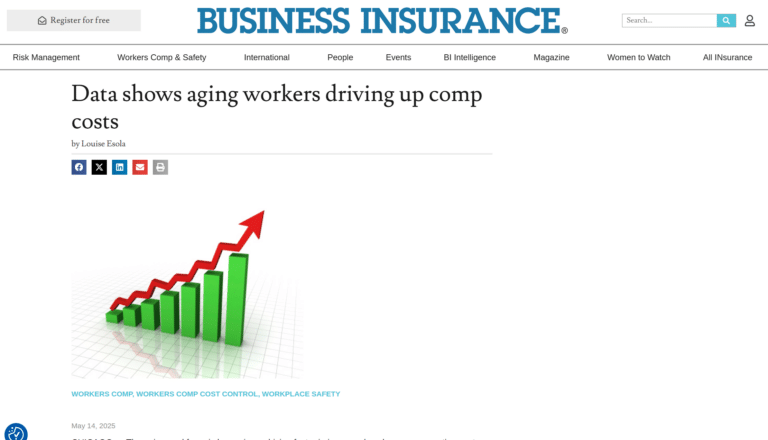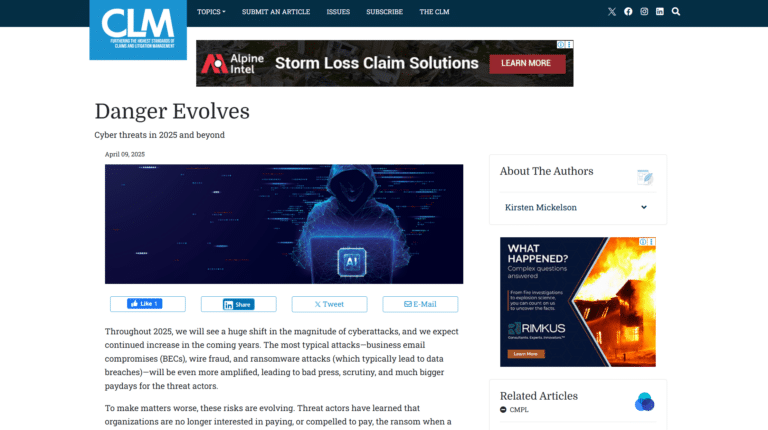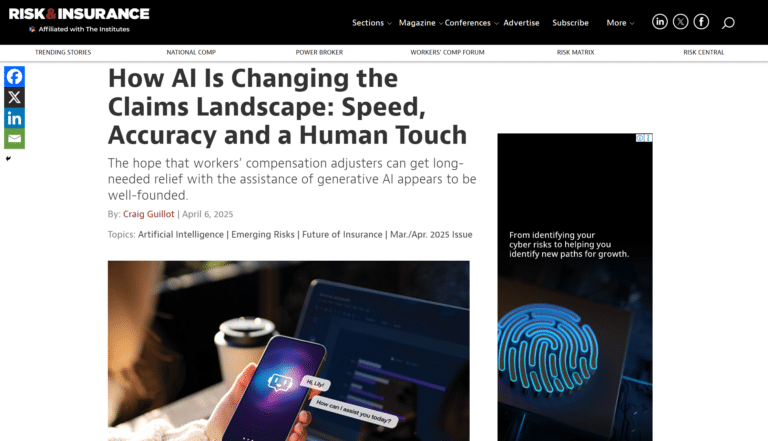“Mother nature doesn’t care about COVID”, said Winsbury. “It’s never ending, and it never stops.”
“We’ve seen a variety of insurable events – catastrophes, weather events, travel interruptions, volcanic eruptions, fuel contamination events, recessions, even the collapse of major insurers.”
“And we’re seeing rising insurance costs due to the ever-increasing footprint of us as humans.”
“I’m not going to make a comment about climate change. But what is clear is that the nations that primarily consume insurance have grown in economic wealth and size – size of their population, and their footprint on the environment. More infrastructure and more investments mean people are living in areas where natural disasters occur – in infrastructure that didn’t exist 20 years ago.”
Disasters are going to happen, and now more than ever people are finding themselves in the path of nature’s wrath – and it’s up to the insurance industry to be ready. Having the right people with the right training ready is critical for protecting your business and your customers – as is approaching every surge event with a growth mindset.
For example, as OHS requirements have grown over the last decade to help people stay safe, it’s creating a ‘knock-on’ effect. Access to damaged properties is delayed, which delays damage assessment, and impacts cost.
“Keeping those first responders safe is absolutely important, but that increase in time and cost is something you need to be mindful of in managing claims. The earlier you can get to the claim, the earlier you can assess and the earlier you can settle, and that’s one claim off your decks.”
For Gallagher Bassett, that means exploring drone technology and new ways to expedite assessments – while still keeping people safe.
Drawing on more than 30 years’ experience working across countless catastrophes, Winsbury shared a detailed roadmap for staying above water in (and ahead of) your next high-pressure surge event:
Planning – is your business prepared?
- Team hours and flexibility – are you appropriately resourced for a surge – or do you have a mitigation in place like a third-party administrator? Do those surge teams have the right training and the right level of empathy to support your customers – and your business?
- Talk to your customers – in the COVID climate, people are tuning out, so you’ll need to work a little harder for customers to hear your warnings about emergency preparedness. But pre-event communications are critical, and never a waste of time. Always take the opportunity when talking to your customers to check-in – is their level and type of coverage appropriate? It’s not always about selling your latest package, but about listening to ensure their package is the best fit.
- Capability – understand your team, and your technology. Make assessments of your people and their capability to support your business and your customers – audit their empathy, skill, and knowledge. Understand if they have the expertise, experience, and the right stance to cope in a high-pressure environment. Equally, appointing battle-tested leaders with experience in a surge response ahead of time will pay off in the long-term.
Manage the moment
- Manage expectations – communicate early and often.
- Stay close to the supply chain – keep communication open and cultivate relationships with suppliers to keep the supply chain flowing, right down to availability of materials for reparations.
- Stay ahead of bottle necks – they can happen anywhere so keep your eyes open and train all levels of your team to do the same.
Be pragmatic, not expedient
Winsbury said, “there’s a tendency in the surge environment to become expedient in decision making, which can lead to trouble down the road. There’s a difference between being pragmatic to get things done and being expedient to get things done.”
While it’s important to be agile, in high-pressure moments it’s critical to stick to what you know works for the business. Streamlining procedures is possible, but don’t go against proven processes.
Capture the learnings:
- Capture live, dynamic learning – It’s critical to take note of learnings throughout the surge process. Make sure your team knows where to catalog actions that worked, or didn’t work, well.
- Don’t let the issues control you – learning from mistakes is the best way to ensure those issues don’t control how your business is perceived, or responds, in the future.
- Make time for the future – if you don’t start preparing for a better future now, your business could face more challenges in the long-term.
If you’re ready to prepare your business before the next high-pressure surge, you can watch a replay of the webinar here.






